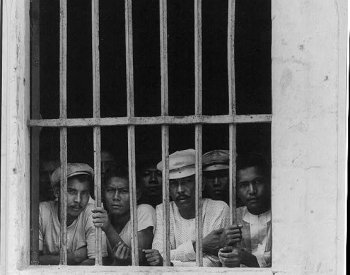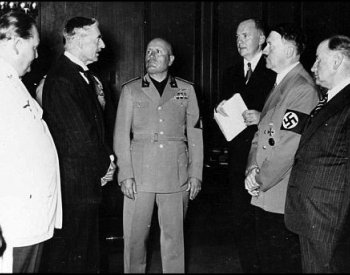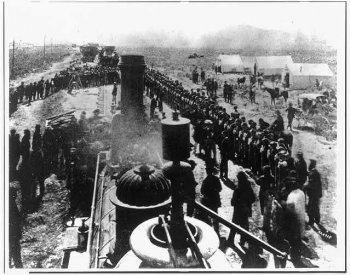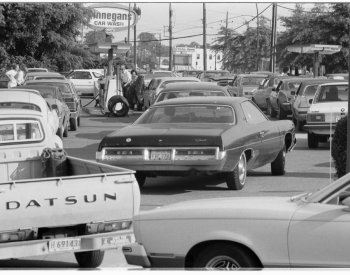To answer these questions correctly, students must explain how the battle between the Russian and Austrian forces in World War I is related to the assassination of the Austrian Archduke Franz Ferdinand and to the Russian Revolution. To answer Question 1, students must explain that the assassination of Ferdinand started World War I and that the fighting depicted was part of that war. To answer Question 2, students must connect the Russian Revolution to the fighting in the image. Russia suffered tremendous casualties in World War I, which led to massive social unrest and eventually revolution.
Level: Proficient
Question 1
Student identifies and explains a relevant connection between the assassination of Ferdinand and the battle depicted.
Question 2
Student identifies and explains a relevant connection between the Russian Revolution and the battle depicted.
Level: Emergent
Question 1
Student identifies a relevant connection between the assassination of Ferdinand and the battle depicted but does not provide a complete explanation of that connection.
Question 2
Student identifies a relevant connection between the Russian Revolution and the battle depicted but does not provide a complete explanation of that connection.
Level: Basic
Question 1
Student does not provide a reasonable explanation for how the assassination of Ferdinand is connected to the battle depicted.
Question 2
Student does not provide a reasonable explanation for how the Russian Revolution is connected to the battle depicted.
















